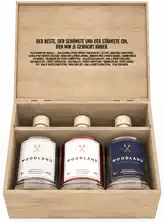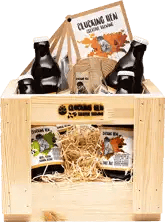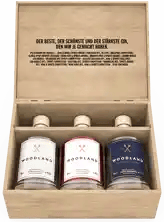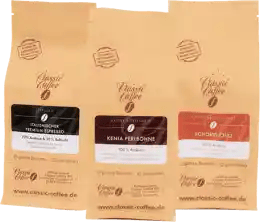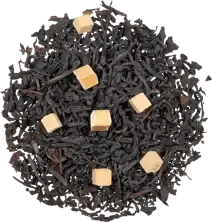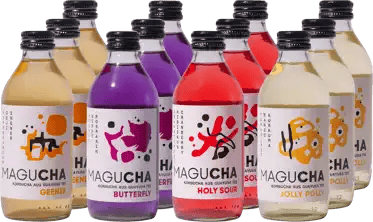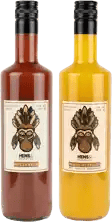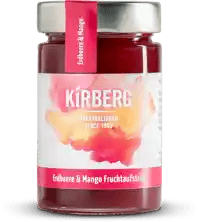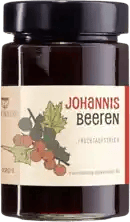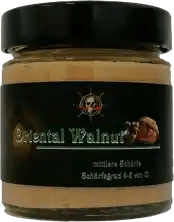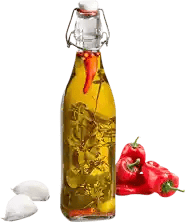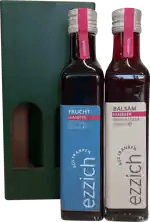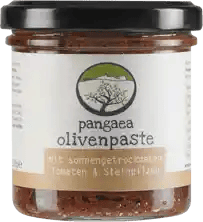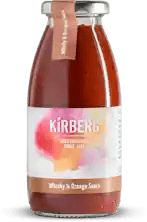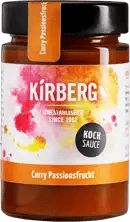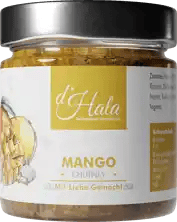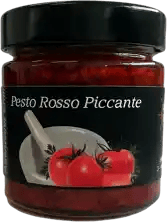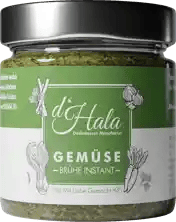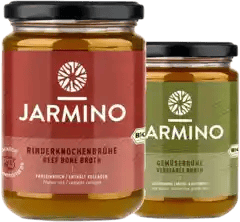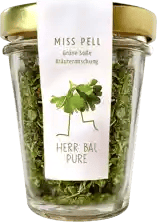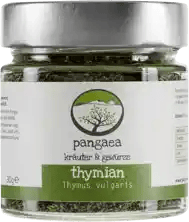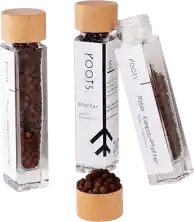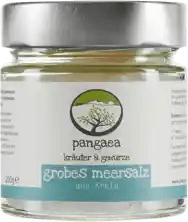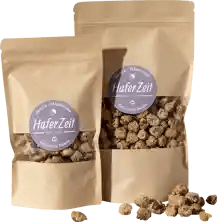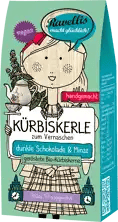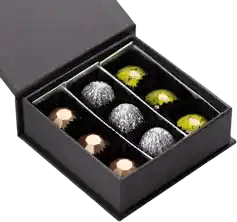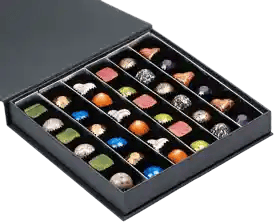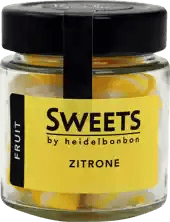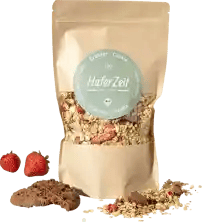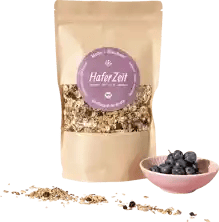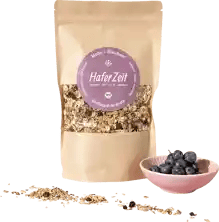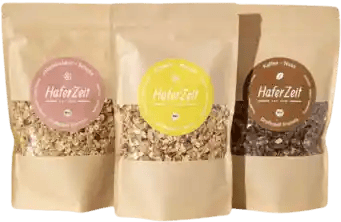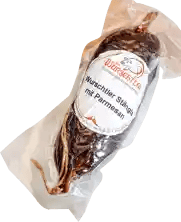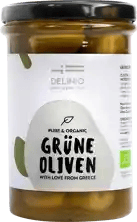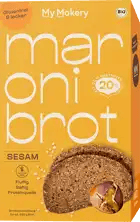Quality instead of quantity!
8,500 independent products
No mainstream
8,500 independent products
Insight into the world of sweets
Sweets are more than just a sweet temptation; they are a window into a world full of colors, flavors and joy. These small, often colorfully wrapped treats have a long history and are an integral part of the confectionery industry. Everyone has known and loved them since childhood - sweets are a piece of joie de vivre in sugar-sweet form.
The variety of sweets is impressive and reflects the creativity and innovation of confectionery manufacturers. From classic hard sweets to filled or soft varieties, there is a suitable variety for every taste and every occasion. Sweets are not just a sweet treat, but often also an expression of culture and tradition.
What are sweets? A sweet definition
Bonbons, defined at their core, are small, solid sweets that are usually made by boiling sugar solutions and then forming them into various shapes. Their consistency ranges from hard to soft, from chewy to melt-in-the-mouth. Sweets can have a variety of flavors - from classically sweet to fruity to spicy or even hot.
The production of sweets is an art in itself. It requires precision and experience to achieve the perfect texture and the right taste. The composition of the ingredients, the cooking temperature and the cooling time all play a crucial role in the manufacturing process. However, modern candy design goes beyond traditional confectionery and integrates innovative flavors and fillings that create surprising taste sensations.
Variety of sweets
Sweets are characterized by a remarkable variety. This diversity is the result of centuries of tradition and modern innovations in confectionery production. Each type of sweet has its own identity, based on its texture, taste and production method. From nostalgic classics to modern trend products, the range is impressive.
What types of sweets are there?
The range of sweets is enormous. It ranges from simple sugar sweets to complex creations with different fillings and coatings. Classic hard candies are available in countless flavors, from mint and eucalyptus to lemon and orange to more exotic flavors such as raspberry or coffee. Soft candies, such as toffees or caramels, offer a smooth, melt-in-the-mouth texture and range from traditional milk and butter varieties to fruity or chocolatey flavors.
Herbal and cough drops, often made with natural extracts such as menthol, eucalyptus or ginger, are popular for their refreshing and often soothing effect. Fruit gums and jelly sweets, on the other hand, are known for their soft, chewy texture and intense fruit flavors. In recent years, sweets with unusual flavor combinations or health-promoting ingredients such as vitamins or minerals have also gained in popularity.
Production of sweets
Candy making is a fascinating process that involves both traditional craftsmanship and modern technology. Every step, from the selection of ingredients to the packaging of the finished products, helps to shape the unique characteristics of each type of candy.
The candy making process
The basis for most sweets is a sugar solution that is boiled until it reaches the desired consistency. Depending on how long and at what temperature the sugar is boiled, different textures are created - from hard to soft. Colorings, flavors and acids are often added to give the candies their characteristic flavors and appearances.
Once the mixture has reached the right consistency, it is molded. This can be done manually or by machine. Hard candies are often poured into molds or pulled as long strands and then cut. Soft candies, such as toffees, are cooled and cut or molded into smaller pieces. The finished candies are then packaged to preserve freshness and quality.
Ingredients of candies
The main ingredient in candy is usually sugar, which can come in various forms such as glucose syrup, fructose or lactose. In addition to sugar, candies can contain a variety of additives to improve taste, texture and color. Natural and artificial flavors are used to give the candies their specific flavors. Colorants, both natural and synthetic, are used to make the candies visually appealing.
Preservatives are included in some candies to extend their shelf life. More recently, there has been a trend towards more natural ingredients and a reduction in artificial additives. This reflects the growing health awareness of consumers, who increasingly prefer natural and unprocessed products.
Sweets in a cultural context
Sweets are more than just sweets; they are also an expression of culture and tradition. In many societies, they have symbolic meanings and are associated with various festivities and customs. This cultural anchoring makes sweets an interesting window into the traditions and customs of different regions around the world.
Sweets in different cultures and traditions
In many countries, sweets play a role in celebrations and special occasions. In some cultures, they are served as a good luck charm or as a sign of hospitality. In Europe, sweets are often associated with Christmas and Easter, while in Asia traditional festivals such as the Lunar New Year or Diwali are often celebrated with special sweets. Each culture has its own unique candy specialties, which are often deeply rooted in its history and traditions.
Sweets are also a popular gift that symbolizes joy and sweetness in life. They are often given as gifts on special occasions such as birthdays, weddings or anniversaries. The packaging and presentation of the sweets play just as important a role as their taste and quality. In some cultures, sweets are also used in traditional ceremonies to wish good luck and prosperity.
The enduring popularity of sweets
The popularity of sweets shows no sign of waning. They continue to be popular with young and old alike and have a firm place in many people's hearts. The constant introduction of new flavors and the development of healthier, more natural options ensures that candy will continue to play a sweet role in our lives.
Sweets are not only a source of indulgence, but also a medium that evokes memories, brings joy and brings people together. They are a simple but powerful expression of joy and sweetness in life and will continue to sweeten the world in their small but significant way.
Brilliant!

Bitte bestätige deine Anmeldung noch eben - du hast eine Bestätigungsmail von uns. Klicke darin auf den Link. Danach bekommst du deinen Rabattgutschein.


